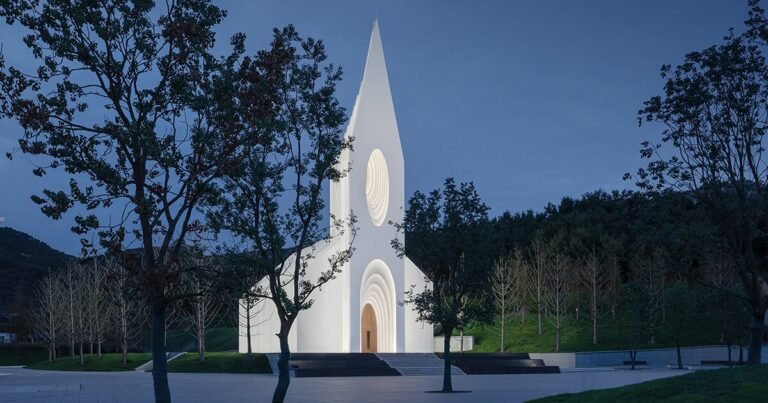HOUSE FB / Gallego Arquitectura + Vniubo Arquitectura
HOUSE FB / Gallego Arquitectura + Vniubo Arquitectura

Manufacturers : Carpinterias, Mobiliário
-
Lead Architect :
Xavier Gallego Seuba, Vanessa Niubó Martín

Text description provided by the architects. The project was carried out on a multi-family building between party walls, located in the old center of the town. The original building dates from before 1900 and is the result of an agglomeration of old dwellings with complex geometries. The intervention affects several floors of the building. The first floor is L-shaped and is the result of joining two dwellings from different periods, which are linked by an interior courtyard that will allow the day and night programs to be connected. On the ground floor is situated the car park and on the first floor the attic.



The architectural proposal aims to divide two zones, the night zone, and the day area. These are forming a well of light that will articulate the pieces and avoid corridors. The intervention was carried out by combining the use of original materials and current materials with the aim of highlighting the original architecture.

Day area. The intervention aims to show the memory of the past, maintaining the ceramic ceiling with metal structure, the hydraulic paving, and the staircase with a Catalan twist, under the concept of stripping the building. On the ground floor, there are two skylights, making the negative between them with respect to the forging of the first floor. The first skylight has a more relevant presence; it introduces light into the whole day area and natural ventilation and is the main protagonist of the floor plan. The second skylight, or stair cap, with wood and polycarbonate, has the opposite objective to the inner courtyard, to act as a lantern for the attic.



Night zone. This zone coincides with the areas of less activity and greater comfort. The intervention is totally neutral and does not play a leading role in relation to the day area.

Concepts. The aim is to simplify the spaces as much as possible, opening up the floor plan, looking for crossed views, and extending the spatial relationship. The intervention consists of maintaining those architectural elements that contextualize the building with the past.







